Peter Watkins (born in 1984, UK) is an artist based in London. His autobiographical work begins with photography, but incorporates sculptural and spatial elements. His work is above all a meditation on the practice of archiving and remembering: how certain material is preserved or lost through processes of memorialisation.
Watkins graduated from MA Photography at the Royal College of Art in 2014 and his recent solo exhibitions of The Unforgetting were held at Webber Gallery, London, 2017; Open Eye Gallery, Liverpool, 2016; The Ravestijn Gallery, Amsterdam, 2016; Format Photography Festival, Derby, 2015; OPEN14 Award Winner, Brighton Photo Fringe, Regency Townhouse, Brighton, 2014.
Group exhibitions include Pieces of You, Open Eye Gallery, Liverpool, 2016; Vision 20/20, Christophe Guye Gallery, 2015; SHOW RCA 2014, RCA Battersea, London; Planche(s) Contact Photography Festival, Deauville, 2013; Thresholds, Belfast Exposed, Belfast, 2013; Wonders of the Visible World, Northern Gallery for Contemporary Art, Sunderland, 2011.
Reviews of Watkins’s work have recently been featured in The Guardian, The British Journal of Photography, 1000 Words Photography Magazine, American Suburb X, Hotshoe Magazine, Why Now Magazine. He has recently been shortlisted for the Paul Huff Award in 2015, 2016, and 2017, the BJP International Photography Award 2015, the Magnum Graduate Award 2015, and his book The Unforgetting was recently selected by The Guardian among others as one of the best books of 2019.

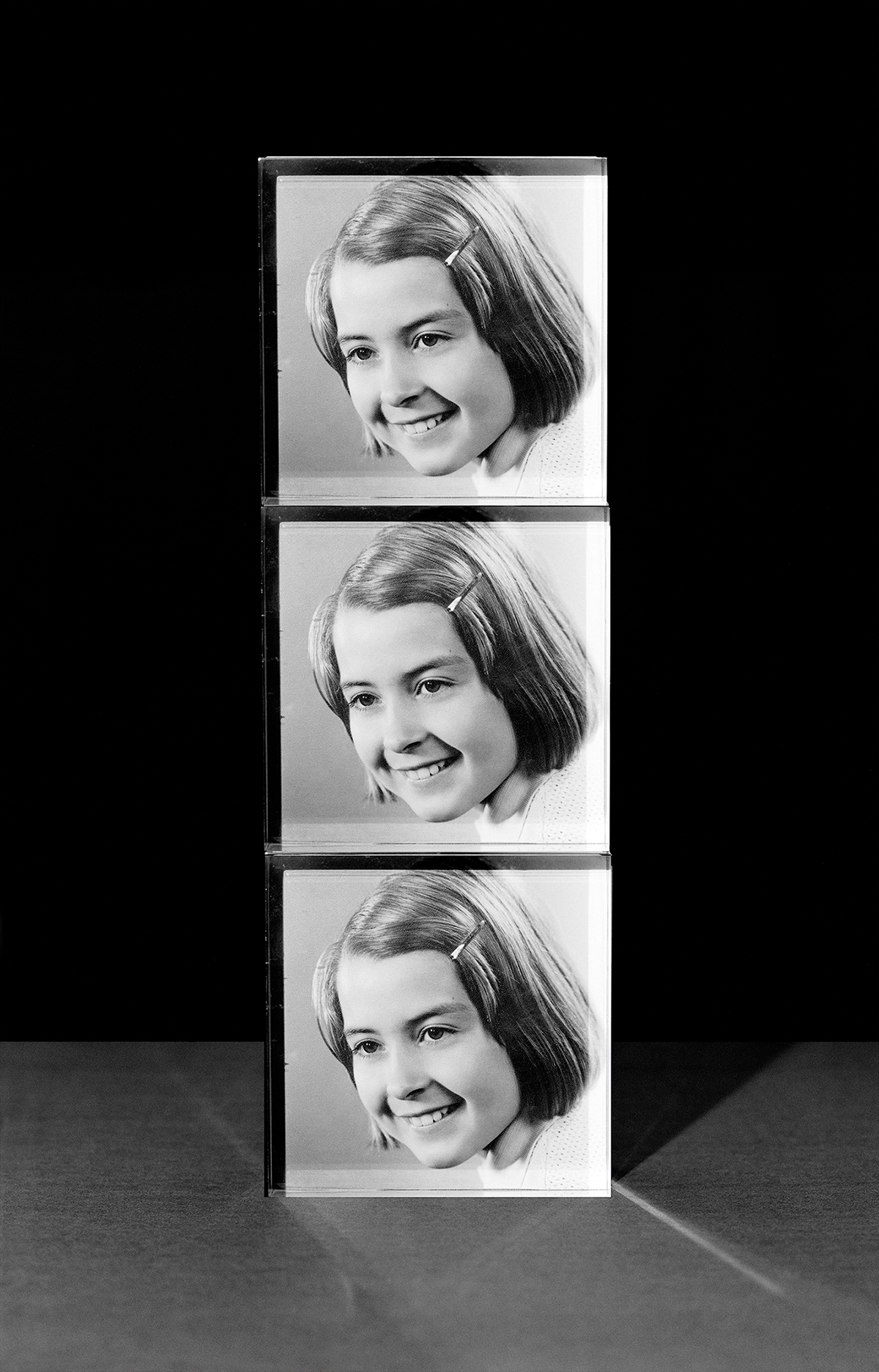
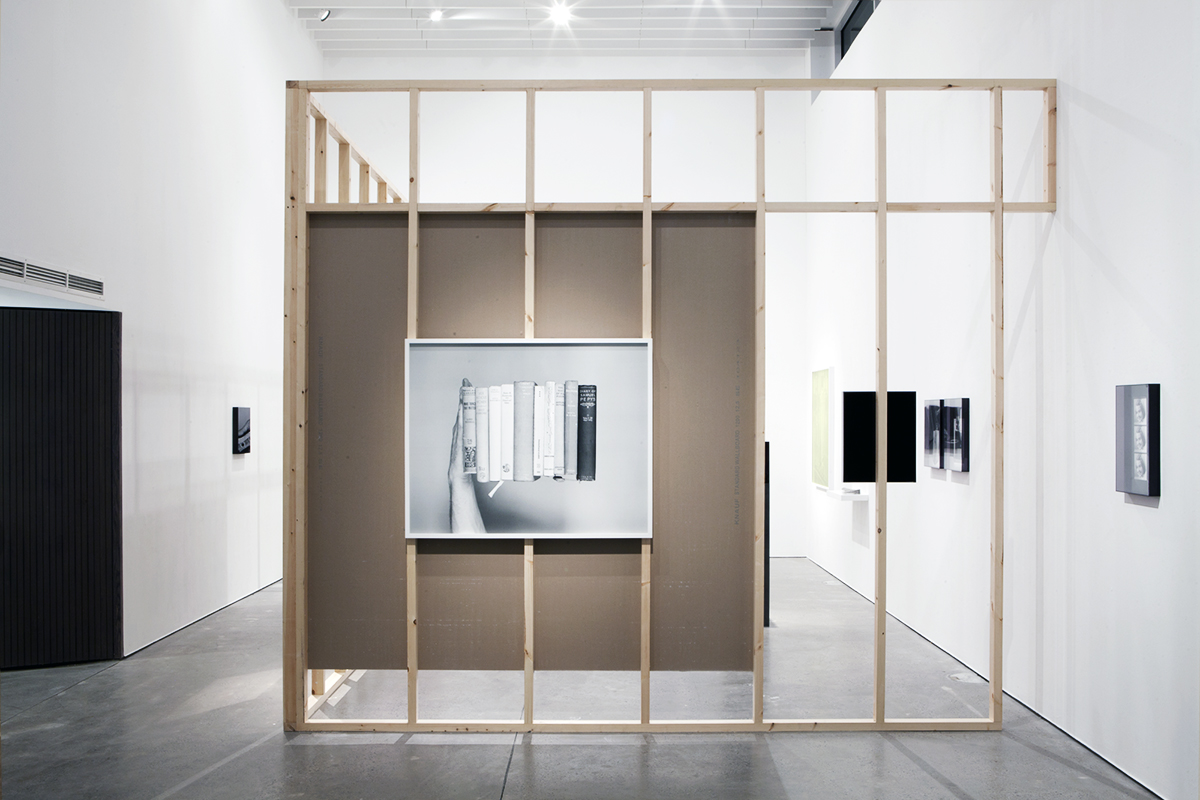
The Unforgetting
“I will have spent my life trying to understand the function of remembering, which is not the opposite of forgetting but rather its lining.”
– Chris Marker
In February 1993, Peter Watkins’s mother walked from Zandvoort beach into the North Sea to her death. The Unforgetting is the artist’s long-term exploration of trauma, loss, and shared familial memory, all woven into a series of works that have been created over a number of years, and now for the first time come together in the form of a book. At its core, the project explores the tragic loss of his mother to suicide following an intense period of mental instability and institutionalization. The personal charge with which these images are made remains disguised, however, encouraging a dialogue between the universal and the highly personal – a photograph of cans of Super-8 with hold the images they contain; ceremonial glasses appear transparent and emptied of liquid; and the reoccurring motif of suspension and weightlessness comes to counteract the anchored and definitive quality of the still life works. These object assemblages have a totemic and monumental appearance. Isolated from a greater whole, their reimagining through the representational capacity of photography moves them into the realm of the associative, the artefact, and positions them as fragments of evidence. Wood is present throughout and points to the Germanic, the folkloric, of growth and of time itself, both passing and splitting. These works are universal in their stoic unwillingness to disclose their deeply personal roots; but woven beneath their surfaces are the stories and narratives that come to constitute the biography of the departed. This series finds its core, therefore, in the interplay between presences and absences – the absence of the mother, and the traces of her life explored in states of The Unforgetting.

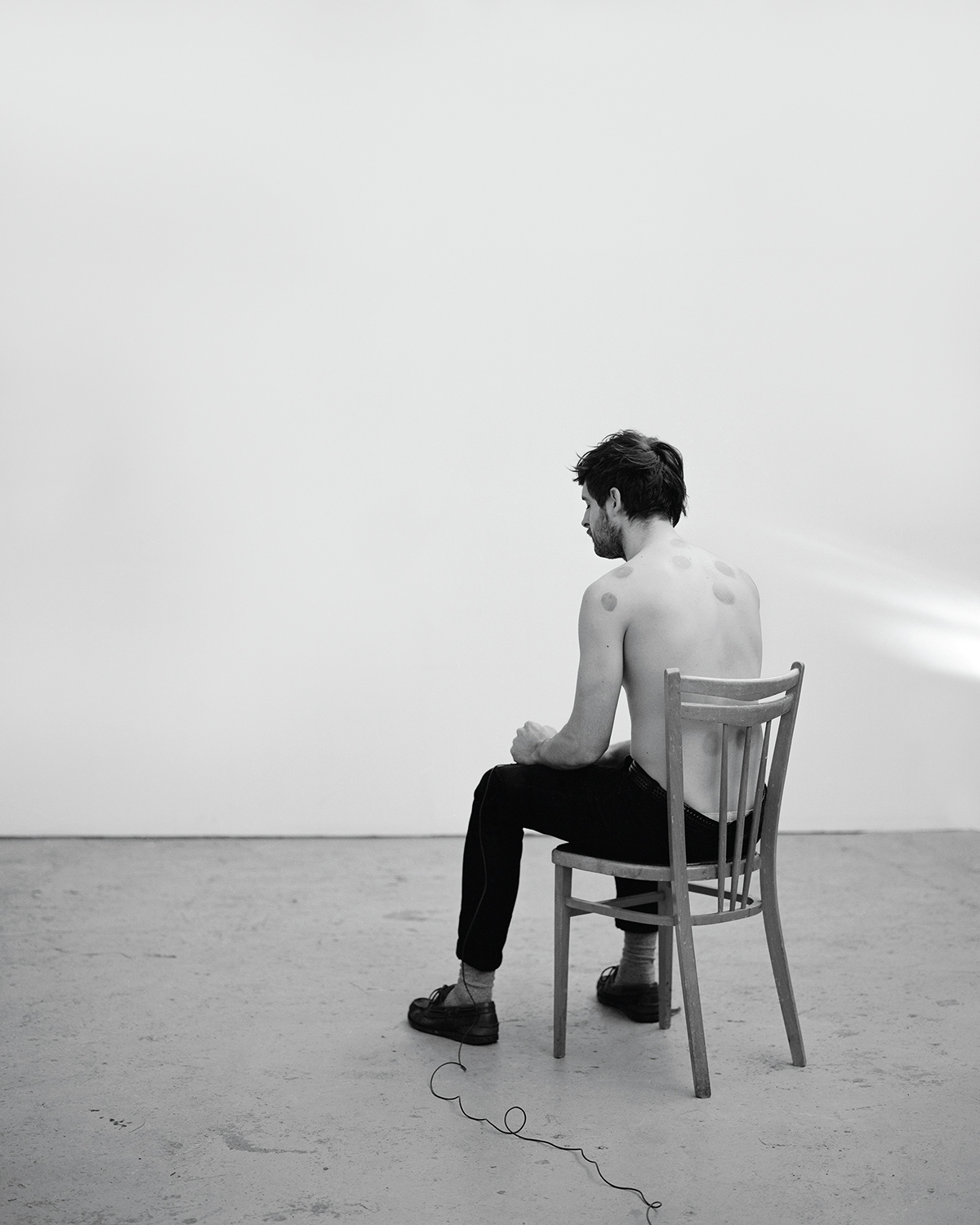
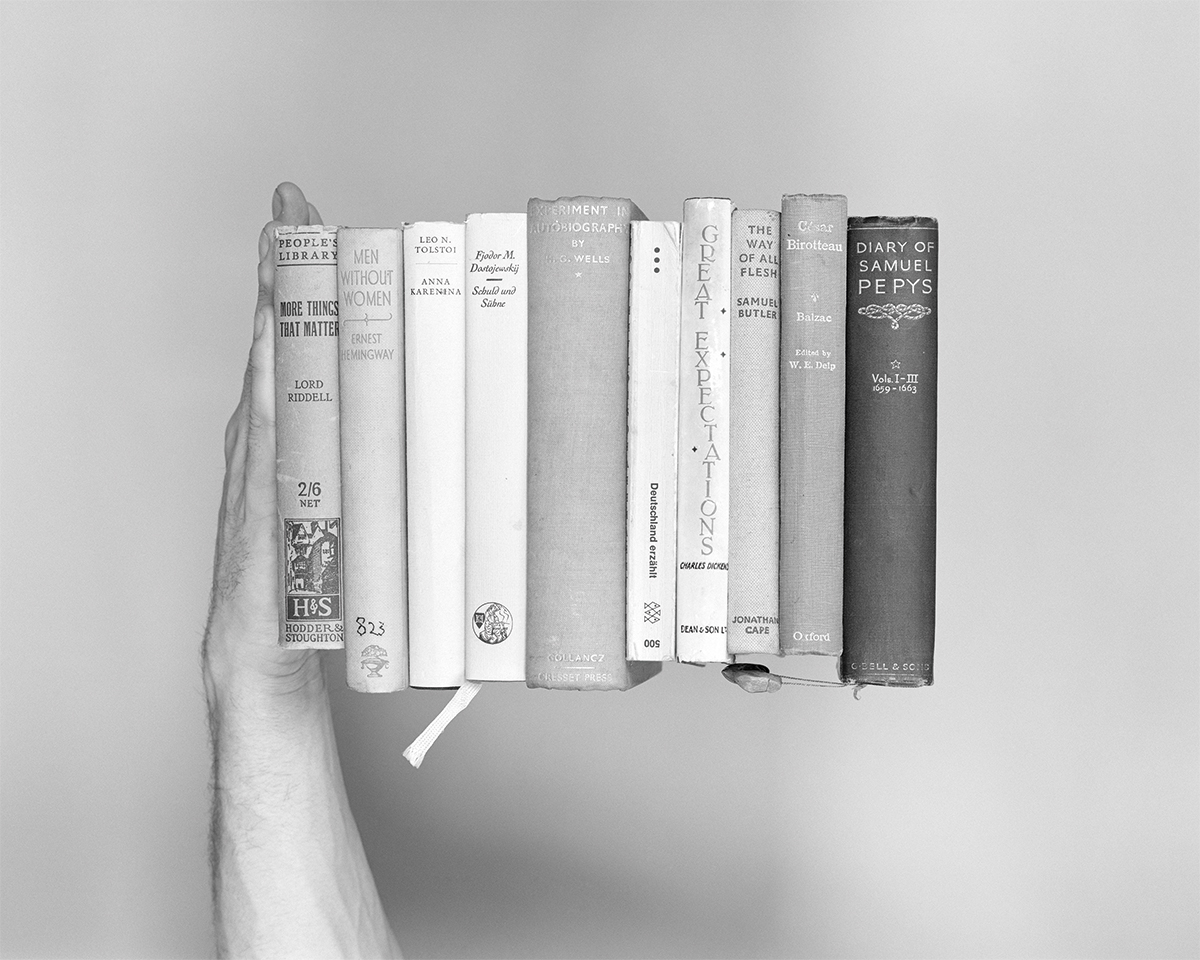
Claudia Bigongiari : The Unforgetting is a long-term project (2010-2017) that explores the trauma of the loss of your mother (17 years before) and that extends this personal event to a universal dimension of absence. When did you decide to work on it and has the process of making up the project been something therapeutic and helpful for you?
Peter Watkins: I started working with these themes in mind after my father passed away in 2006, realising that there was so much unspoken and unresolved surrounding the loss on my mother. Fairly unconsciously I started making this quite sombre work; projections of coloured light in the forest, saturated unreal illuminations surrounded by deep blacks. In February 2010 I visited the beach in the Netherlands where my mother’s body was found, and approximated where she may have entered the sea. I was filming still, tightly composed shots on overcast days, and later filmed interviews with my family mining them for their memory of this shared traumatic period in our lives. I accumulated maybe 40-50 hours of footage, which has until now not properly been edited together. The way the film was unravelling seemed too pointedly personal somehow, or not within my powers to steer into a different direction, and I wanted to obscure some of that directly personal stuff in the resultant work, so I abandoned the film, and started making photographs in Germany, at my Grandmothers house, in the village where my mother grew up.
The question of whether there’s been any therapeutic benefit to working in this way certainly wasn’t at the forefront of my mind, but it did feel crucial and urgent at the time, and there was certainly no other project that I could have carried out at that point in my life. For me it was important to explore all of this whilst there were still physical connections to this time in my life in terms of my family. My Grandparent’s along with my uncle, all interviewed for the initial film, have since passed away. So I suppose my understanding of loss and grief, the function of memory both collective and personal has expanded and matured through the course of making this work. I’ve gained some kind of ownership over the thing that I perceived as a weakness, but it’s a tightrope between processing previous negative emotion, acknowledging it, and moving passed it to some future place where the centrality of this trauma is moved aside.
CB: The project is composed of objects of a different nature; together they are traces that build up a narration about your mother Ute, and her and your German origins. Did you encounter some difficulties in your research? And what has been the first object that affected you and made you continue this way?
PW: Having already spent so much time filming in Germany and in the Netherlands, I felt already very much attuned to an aesthetic and tonal approach that I wanted to take with the photographs. I’m very peculiar about my compositions, about the way I want my photographs to look, and I don’t mean that in a superficially aesthetic way, but there is often a symmetry to these photographs, which I think encourages more concentrated viewing—the way I want things to look. The photograph that unlocked the whole method of working for me was the image of cans of Super-8. The reels contained colourful, saturated images from holidays in the 60’s and 70’s that I had tried to include in my film—I’d filmed them off the wall, and woven those nostalgic images into my starkly black and white static shots. The conflation of all of these images into one unified photograph, that somehow obscured the image of happiness, concealed the personal nature of the contents, but also opened the work up to universal themes, which immediately felt fundamental to the project. I knew as I was setting up the picture that this image would be vital moving forward.
Did I encounter difficulties in my research? Yes, the project has been the most difficult but foundational project of my life, and I do sometimes wonder whether to make work that will have as much personal significance in the future, whether I’m even able to do this. I’ve worked in many intense periods on this project, and together the breadth and longevity has come out of understanding that this thing needed time, and careful consideration. It’s not a straightforward undertaking, but so long as I still find fertile ground around this subject, and there is still an appetite from an audience, I’ll continue to engage with it.
CB: Photography, even with its controversies, has always suited the role of testimony of truth and memory. Did you always think about The Unforgetting through photography? Did this narration become even more real and “remembered” for you through photography?
PW: I was conscious of how memory can be transformed to narrative, especially so in its regurgitation, but I was thinking at the time about whether some memories have a kind of ‘purity’ about them, and others don’t. Not a sacred purity, but that somehow they live at the front of your brain and are so connected to a genuine sense of selfhood that they can be summoned at any moment. Like those memories that seem so absolutely fixed, so important and symbolically central to the fabric of one’s being that they couldn’t possibly be subject to the same kinds of slippages of thought as with the everyday misremembered stuff. Against my better judgement, I do kind of believe that there’s a certain fixity to some aspects of memory, to the extent that this kind of memory can feel foundational and tapping into it seems to transgress the flow and linear perception of time—that it can sometimes feel more present than the present. But my work complicates this idea and seems to be saying that narrative construction in the familial processing of memory is inherent and necessary, if somewhat reductive, and that any portrayal that seeks out truth is altogether impossible, plagued as it is by inaccuracies and unconscious re-composition and reconciliation.
CB: There is this sense of monumentality in the objects you present: old pictures of your mom and your grandfather, places, glasses, books. They stand as totems, as if they are some kind of altar where everyone can pray. What do you think about this? Is there any connection with this and the use of black and white to portray the objects?
PW: Certainly I was aware of how strong those still life images could be, framed as they were by the loss of my mother. For me I see the works having this constellation of associations and connections between each other. They each work to unlock what is obscured in the collective, without ever being able to fully reveal their significance and centrality. When I first exhibited this work, I gave no contextual information, as I was still reticent to explicitly frame this behind such a personal story—something that the art world, perhaps outside of the closed off community of photography, has a real problem with. But it was the realisation that an audience needed a route into the work, that somehow unlocked the project and made it less defensive and more open, maybe even tender, but also restrained and sombre.
I always thought of those still life photographs as temporary monuments or totems, and they were very much created for the camera. Take two steps to the right or to the left, and the object constructions looked ridiculous, but framed centrally before the camera, they looked quietly monumental. In those photographs they become concretized and permanent and abide by that language that photography has at its core. Black and white is the language of evidence, of “truth-telling”, but it’s fundamentally an abstraction of how the human eye perceives the world, and so to my mind becomes analogous with the functions and futility of memory. When colour does enter into the work, it is a false colour in the yellow baptismal dress, Taufe, 2014. The dress is pale yellow and is photographed in black and white, seemingly impossibly suspended in front of a fabric net curtain, in the makeshift studio where I shot most of the work. Both materials appear to float weightlessly, and perhaps have a feeling of liquidity to them. The circularity of the baptismal act and my mother’s death by drowning is perhaps what drew me so magnetically to the dress. The photograph is framed behind yellow glass, and here I was really thinking about the idea of putting colour back into the work, and about the falsity of artificially putting yellow back into the dress; the strangeness of applying this wash of colour over the piece. Yellow is the colour of warmth, of light, and colour brings with it emotion, whereas black and white can signify a more evidential, calculated approach to working. But the colour yellow is also the colour of decay, of death, of the hallucinatory space in the mind, and of dreams. The work is almost uniformly monochromatic, so when colour comes into the work it introduces colour to all the work—but it’s a false colour, something applied to the work after the image has been made.
CB: An aspect that personally fascinated me about your project is the one of suspension. The floating dress of your mother, the piece of wood of your grandfather are suspended into a timeless dimension where memories, fantasy and reality get confused. What is that you’ve been able to take back from this uncertain dimension after your project?
PW: There is this dichotomy between weight and lightness in the project, between floated suspension that comes to stand as a kind of fantastical element to otherwise quite grounded and conventional photographs. I suppose that the images of suspension relate in a way to something more metaphysical in nature, and difficult to pin down. They present a counter-balance to the concrete images in the still life works, and the straight photographs of the village where my mother grew up. There is a Milan Kundera quote that has stuck with me since my early 20’s taken from The Unbearable Lightness of Being: “The heavier the burden, the closer our lives come to the earth, the more real and truthful they become. Conversely, the absolute absence of burden causes man to be lighter than air, to soar into heights, take leave of the earth and his earthly being, and become only half real, his movements as free as they are insignificant. What then shall we choose? Weight or lightness?” This perhaps also relates tangentially to the influence of Wim Wenders’ film’s, and some of the themes running through Wings of Desire (Der Himmel Über Berlin). Despite that film being wrapped around a divided Berlin, the themes of weight and lightness, the camera’s floating perspective, and the movement from black and white into colour, from a dreamscape into reality, are still bewilderingly influential for me.
CB: Can you tell us something more about the title? It can be read both as a name and as a verb.
PW: The title was really a way of acknowledging how slippery and precarious the territory of piecing together the past can be. I suppose that The Unforgetting can be thought to inhabit that grey area between remembering and forgetting. The title is perhaps best understood by a quote from Sans Soleil, the 1983 essay-film by the late Chris Marker:
“I will have spent my life trying to understand the function of remembering, which is not the opposite of forgetting but rather its lining.”
Rather than expand upon this further myself, a nice meditation on the title’s function and significance can be found in a recent essay published on the Skinnerboox website by Benedetta Casagrande, who wrote about the work quite beautifully:
“The Unforgetting could be understood either as a noun or as a verb. Whilst the former refers to ‘he/she who does not forget’, reflecting the storage of a passive, crystallized set of memories whose symbolic and affective meanings are predetermined (much like in Lois Lowry’s dystopian children novel The Giver), the latter points to an active process of reversal of forgetting; an undoing of a state of oblivion defined by fluidity, movement and the negotiation of meaning. Watkins’ project and recent photobook belongs to the second definition. But how does one reverse the process of forgetting? To distil memory in retrospective necessarily means to rely on partial narratives (provided by objects, family members and documents) which gaps and discontinuities allow a space for agency, whilst nonetheless pointing to the irretrievable nature of that which has been forgotten.”
CB: Finally, regarding the photographic process, what are your sources of inspiration? Do you have something in mind for the future that you would like to share with us?
PW: I feel like I have a set of influences that are pretty fixed. There is some stuff that you get inspired by fairly young, and this you can feed off for a very long time. I feel like that’s how art education should be thought of. There is this incredibly intense period where you’re getting a whole load of influences and information, and it feels near-impossible to digest it all, but over time things start to trickle down, and it can sustain you for a lifetime. I’m very slow and careful in what I make and how I make it. I’d like to be a little bit faster and more reckless perhaps, but we shall see whether I’m able to change the way I work that dramatically. I’ve tentatively been working on a project based in Berlin. It started as a walk along the perimeter of the line of the former Berlin Wall, and continued with walks into the city. I’m working on bringing this together, but it feels like the work needs a final turn before it can come together, so I’ll leave you with that for now.
Thank you Peter for finding some time to share with Aint-Bad!



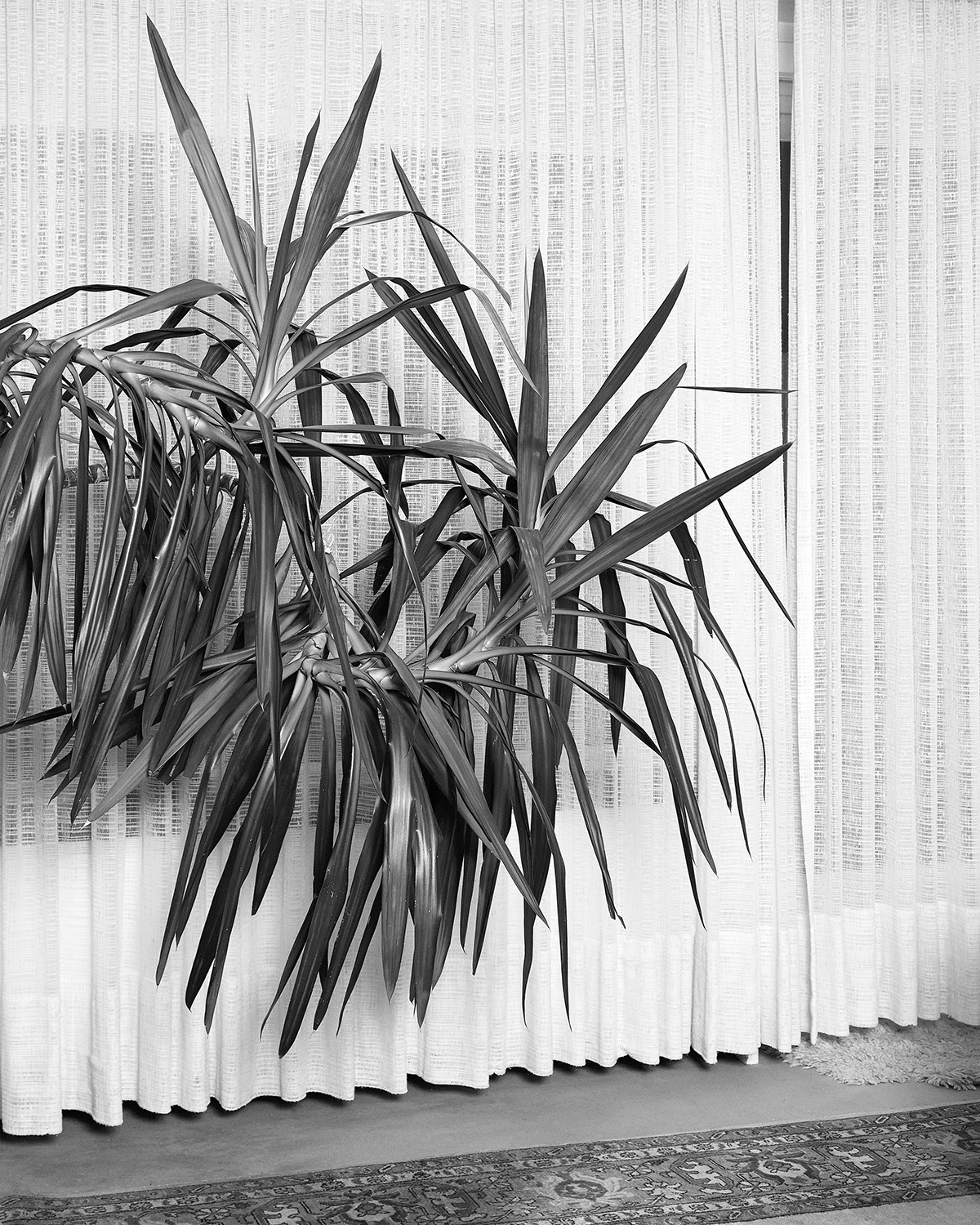





To view more of Peter Watkins’s work please visit his website.